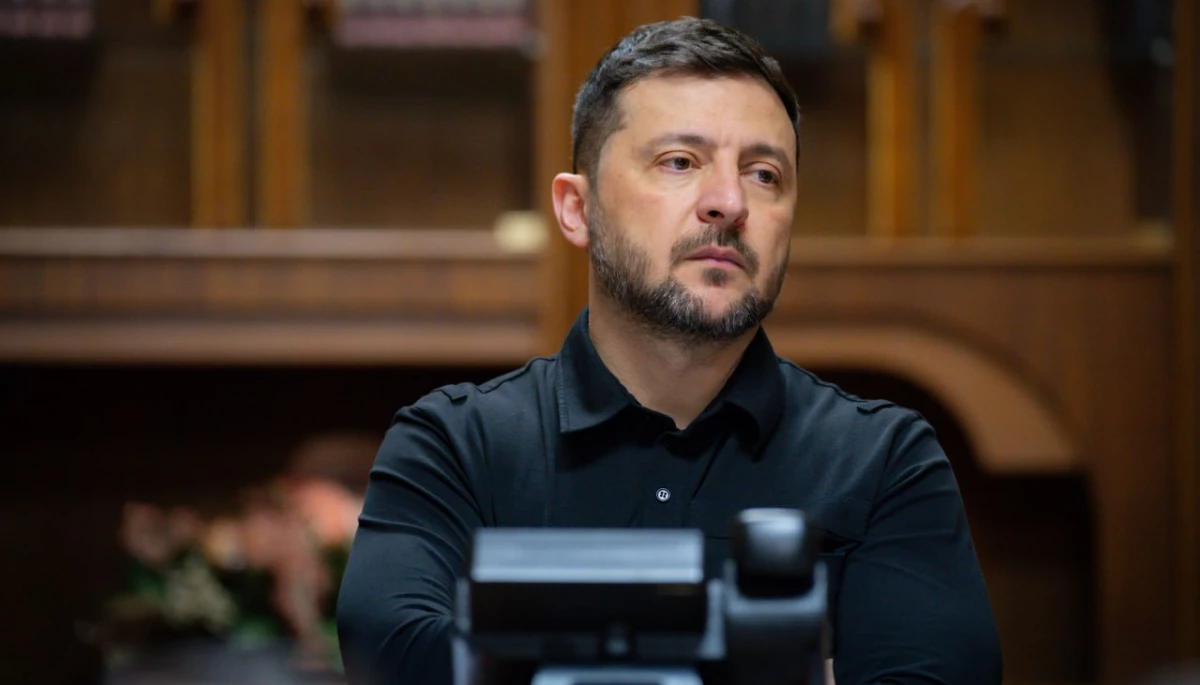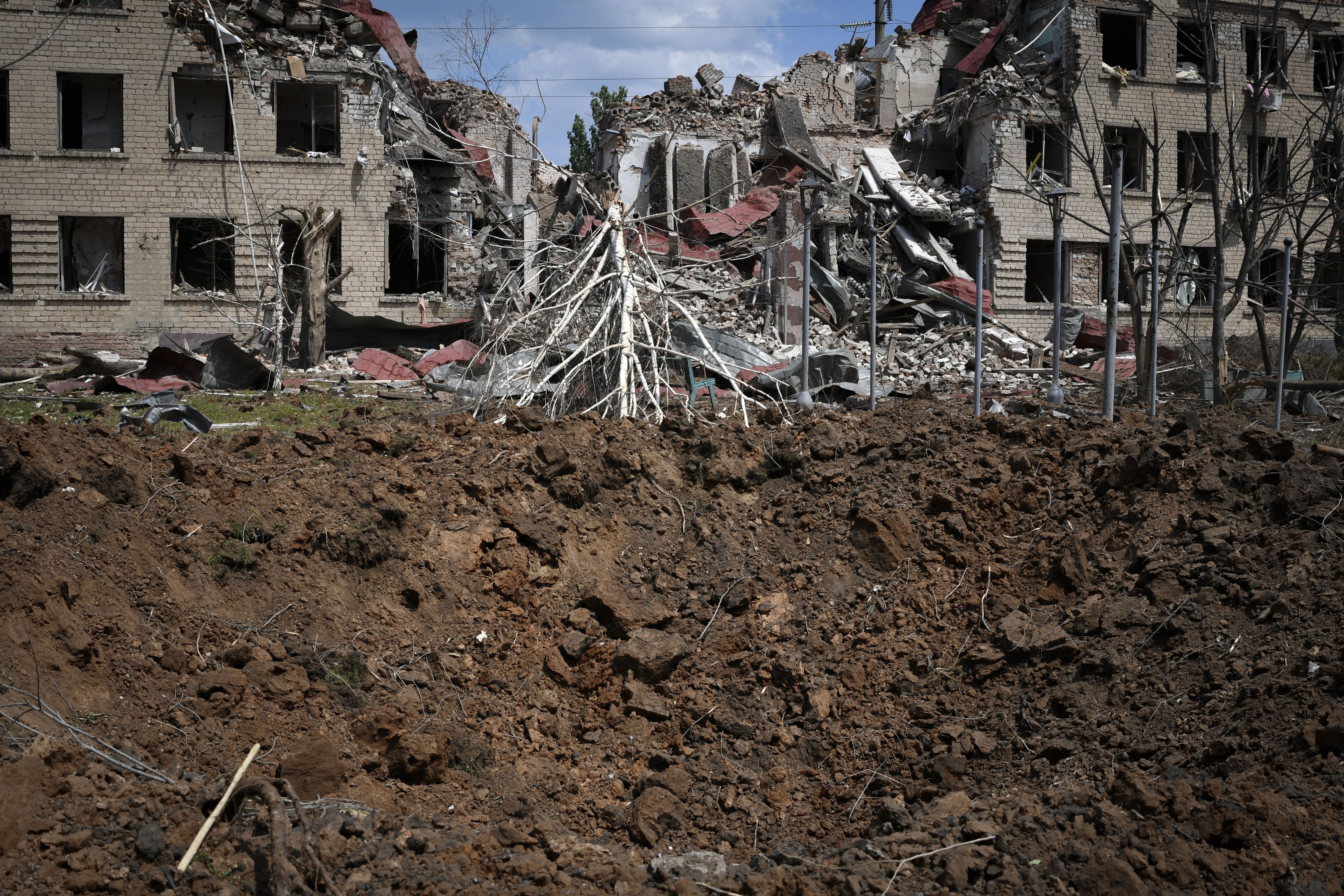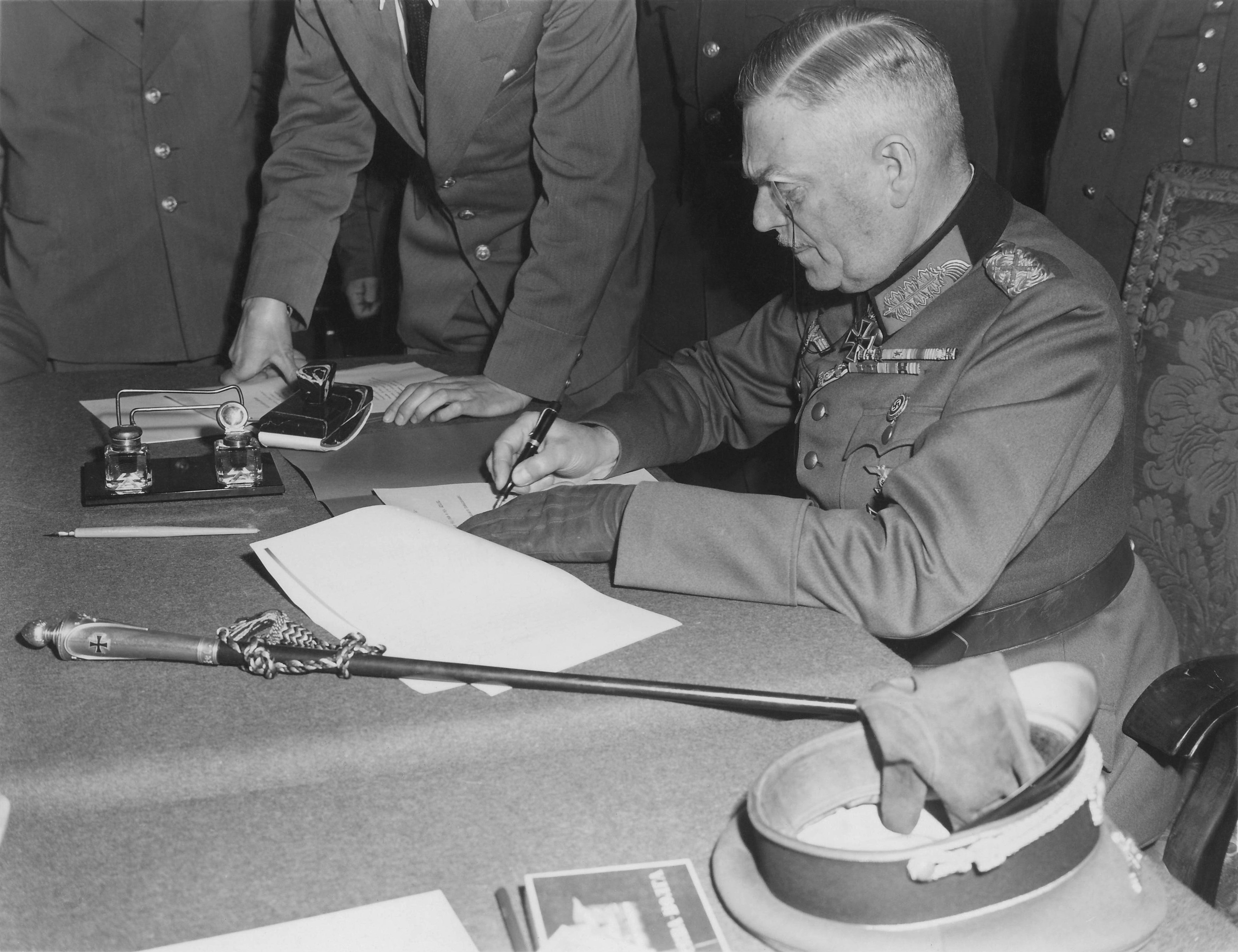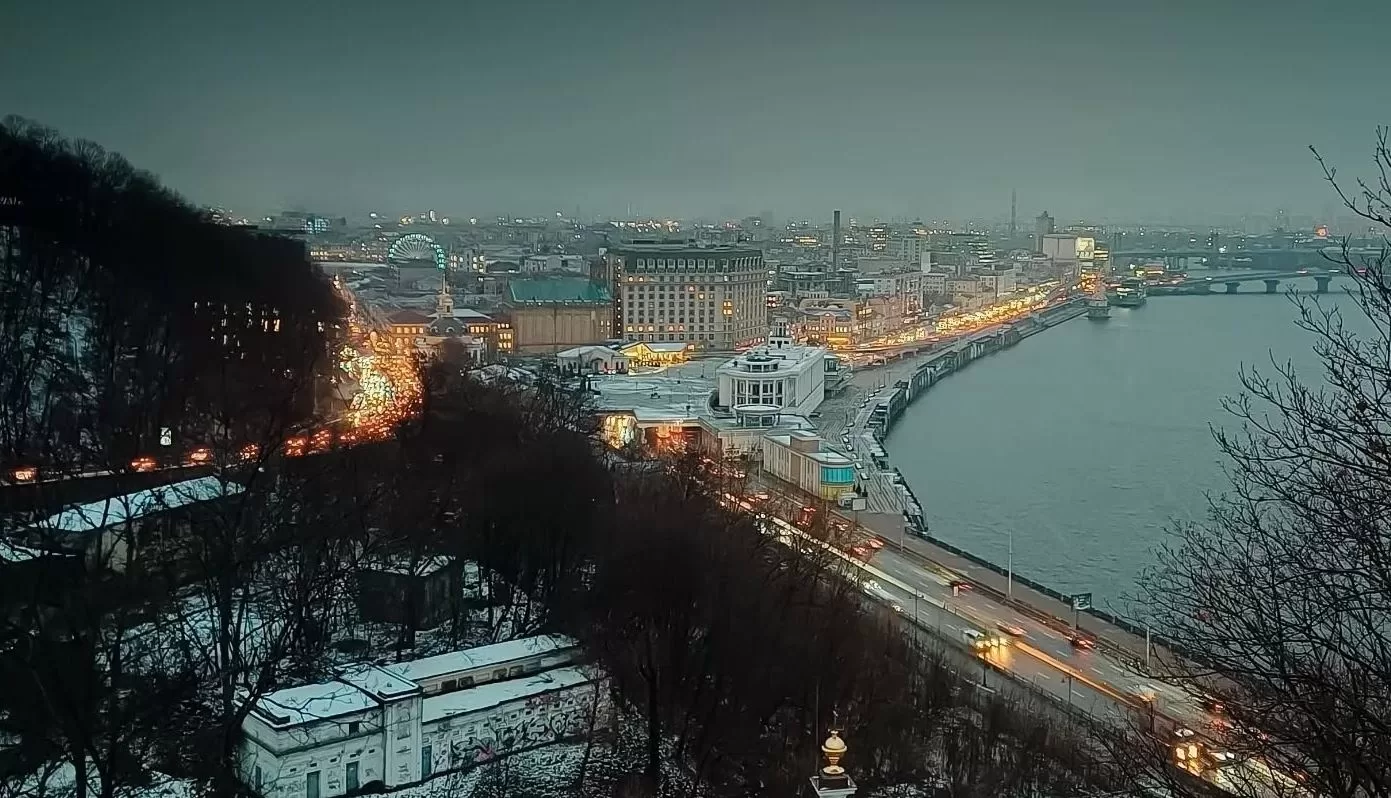“In the last few days, the international information space has been covered by a new wave of reports regarding the potential end of the war in Ukraine. Dozens of leading Western media, including the Financial Times, The Telegraph, The New York Times, Axios and others, began to publish materials about the peace plan allegedly secretly developed by the US and the Russian Federation, which, according to their data, is offered to Kyiv in an ultimatum form. This document”, — write on: ua.news
In the last few days, the international information space has been covered by a new wave of reports regarding the potential end of the war in Ukraine. Dozens of leading Western media, including the Financial Times, The Telegraph, The New York Times, Axios and others, began to publish materials about the peace plan allegedly secretly developed by the US and the Russian Federation, which, according to their data, is offered to Kyiv in an ultimatum form.
This document, consisting of 28 points, was created at a time of deep vulnerability of Ukraine, provoked by a high-profile corruption scandal. In particular, the Trump administration is said to believe that the scandal with “films of Mindich” weakened the political positions of the Ukrainian government so much that it will be forced to accept any conditions.
The essence of this plan is to demand radical concessions from Ukraine, which the current government and many Ukrainians will definitely not like. Some media speakers and even Western media have already talked about “surrender”.
What is the new hypothetical “peace plan”, what is wrong with it and will Ukraine accept such conditions? UA.News political columnist Nikita Trachuk understood the issue.
Political crisis and weakening of Kyiv’s position
The emergence of a new “peace plan” (if it exists at all, because its existence was not officially confirmed by anyone) is at least partially correlated with the political crisis that engulfed Kyiv. It has been 10 days since the loud scandal started around “Mindic film” — NABU’s investigation into the million-dollar kickback scheme at Energoatom. This investigation quickly went beyond the fight against corruption, affecting President Zelenskyi’s inner circle.
The consequences of the scandal were immediate and devastating for the political vertical. The crisis led to demands for reformatting of the Cabinet of Ministers and calls from opposition forces and even some representatives of the ruling Servant of the People party for the resignation of many high-ranking officials, including the head of the OP Andriy Yermak. In the system of power that has developed in Ukraine, the latter is actually considered an irreplaceable person.
It was not only a political, but also a management crisis, which significantly weakened the ability of the Office of the President to shape its agenda and effectively manage the state in wartime conditions. Against this background, President Zelensky was forced to declare the necessity restoration of the peace process as evidenced by his visit to Turkey on November 19, is precisely aimed at giving new impetus to the negotiation track.
The situational weakness of Kyiv was quickly identified by external actors as a “window of opportunity”. There is a conspiratorial version that the American partners, dissatisfied with the constant corruption scandals, could have deliberately allowed the crisis to flare up in order to use Bankova’s weakening as a tool to force quick peace initiatives. The seriousness of diplomatic pressure was confirmed by the news of the resignation of the US special envoy for Ukraine Keith Kellogg who was considered one of the supporters of Ukraine.
Thus, against the background of the managerial and political crisis in Kyiv, the USA and the Russian Federation allegedly formed their joint plan.

The architecture of “28 points”: what concessions are required
Notice about 28-point plan discussed between US special representative Steve Witkoff and Russian emissary Kirill Dmitriev in Miami in late October, quickly became a dominant topic in the international press. Dmitriev even optimistically stated that Russia’s position was finally “really heard.” This indicates that the fundamentals of the document’s architecture reflect the Kremlin’s requirements as much as possible.
Key plan requirements concern three interrelated areas: territorial, military and cultural concessions.
The most painful element is the territorial demands: Ukraine must give up all of Donbas, including the territories not yet captured by Russia. A demilitarized zone is being created in these territories. Official legal recognition of the loss of territories is not required from Kyiv. Allegedly, even the concept of the so-called is being discussed “land for money” according to which the Russian Federation could pay a kind of “rent” for actual control, leaving formal legal ownership to Ukraine.
In addition, the freezing of the front line in the Zaporizhia and Kherson regions is foreseen – and Russia may return part of these formally annexed, but not fully controlled, territories. There will also be bidding for Sumy region, Kharkiv region and Dnipropetrovsk region: most likely, Moscow will also be ready to return what it captured in these regions.
As for military requirements, the document provides for a sharp reduction in the size of the army. Sources indicate to reduce by 2-2.5 times, or up to 400 thousand military personnel. However, there is an important point: it is only about the Armed Forces. There was no discussion about any other military formations (National Guard, DPSU, combat units of the SBU, GUR, SZR, etc.). This creates a potential opportunity to circumvent this point — and, after all, the Ukrainian army before the start of a full-scale invasion consisted of 240,000 soldiers.
In addition, according to media insiders, Ukraine will be prohibited from possessing long-range weapons, which are currently used to strike targets deep inside the Russian Federation. The plan also includes a ban on the placement of any foreign military units on the territory of Ukraine — although similar things are already in effect both in Ukrainian legislation and in the Constitution.
In addition to territorial and military concessions, the “28 points” contain demands for cultural policy. The plan allegedly obliges Kyiv to recognize Russian as the official state language or to grant it some similar status. For many, this sounds annoying, but in general, the separate status of the Russian language is already written in the Constitution, in Articles 10. So, in fact, the Kremlin demands what already exists in the Basic Law of Ukraine. In addition, according to the plan, Kyiv must stop any actions against the UOC.
In exchange for all these concessions, Washington allegedly promises Ukraine security guarantees. However, there are no specifics yet regarding what they will be. As a result, there are reasoned fears that this will not become a repetition of the infamous “Budapest Memorandum” in a new iteration.

Hard conditions or capitulation?
Analyzing the content of the “28 points” publicized in the media, it is necessary to clearly distinguish between the concepts of “surrender” and “hard x terms of peace”. In the classical sense, the term “surrender” implies complete military submission, “white flag”, change of political regime and/or destruction of statehood.

The plan discussed in the media preserves the sovereignty of Ukraine, 75% of its territory, international support and the army. Therefore, it cannot be called “surrender” in the academic sense: this plan should be qualified as difficult and strict peace conditions. History, unfortunately, also shows that such harsh conditions often leave the victim feeling resentful, and the aggressor – a desire to “come back and take more.”
It is the strategic danger inherent in these conditions that makes them politically unacceptable for Kyiv. It is unlikely that this plan, if it exists at all and if it is even implemented, will become “eternal peace”. It is more like a certain pause, which by no means guarantees that there will never be another war. However, on the other hand, hardly any document in the world can guarantee such a thing.
In addition to strategic risks for the state, there is also a factor of political inability of the current authorities to accept such conditions. The passionate part of Ukrainian society categorically rejects any concessions. A government that does this can quickly lose legitimacy, especially in the current environment. Today’s government may cease to be tomorrow, it will mean political suicide for it. Therefore, it is unlikely that such a plan will be approved at the highest level.
In addition, the imposition of this plan is an instrument of pressure not only on Ukraine, but also on Kyiv’s European partners. The latter feel fear and reluctance to give Putin what he wants, fearing that it will only encourage him to invade further. Thus, if the plan exists at all and is not merely a way of diplomatic pressure to manipulate expectations, its unrealistic nature gives reason to predict that it will not be adopted.

Summing up, the “28 points” of the new peace plan appeared against the background of the internal political crisis in Ukraine, connected with the scandal surrounding the “Mindic films”. But whether these things are directly related is difficult to say, since joint American-Russian peace proposals are clearly not something that is written “on the fly” in a week. Rather, the moment of a situational internal crisis was simply taken advantage of, but one does not follow from the other.
Nevertheless, the terms of the plan, which we see in the mass media, are frankly difficult and unacceptable for the Ukrainian authorities and the passionate part of society. Although this document (if it exists anywhere but in the media) is not a surrender in the classic military sense — as the sovereignty of the state is preserved and all that goes with it — it contains provisions that could create significant long-term risks. In particular, the probability of the resumption of hostilities after a certain pause.
The decision to accept or reject these conditions rests entirely with the Ukrainian authorities. Ideally, the project of peace agreements should be submitted to an all-Ukrainian referendum, giving the right to decide their future to the people of Ukraine, but under the current conditions, this looks like an impossible fantasy.
Given the high level of public rejection of territorial and military concessions, the agreement to such a plan carries significant political risks for the country’s leadership, related to internal stability. After all, if the plan, despite its ultimatum, is rejected, the war will continue and escalate as before, with all the corresponding consequences for the population and the state.
